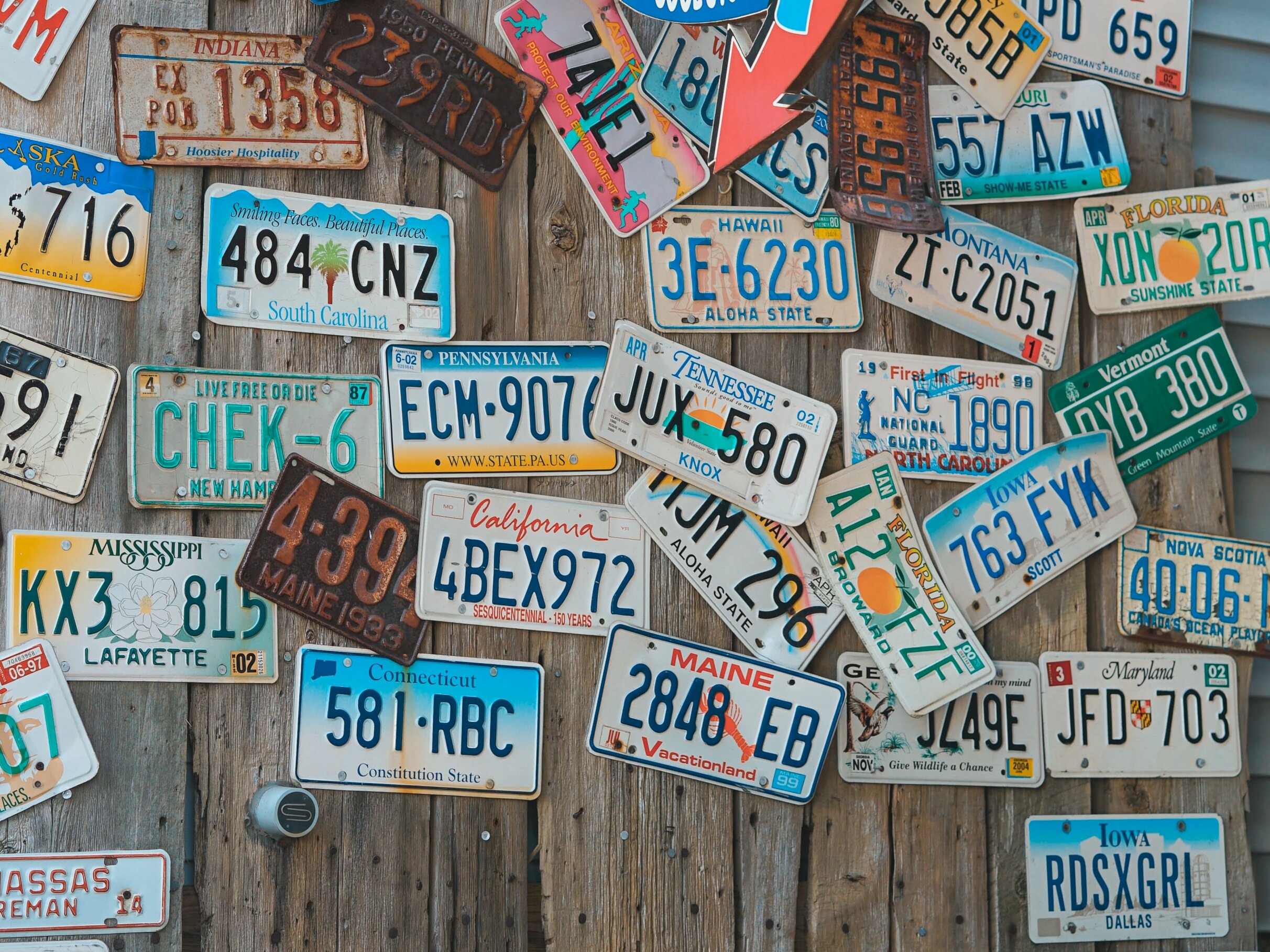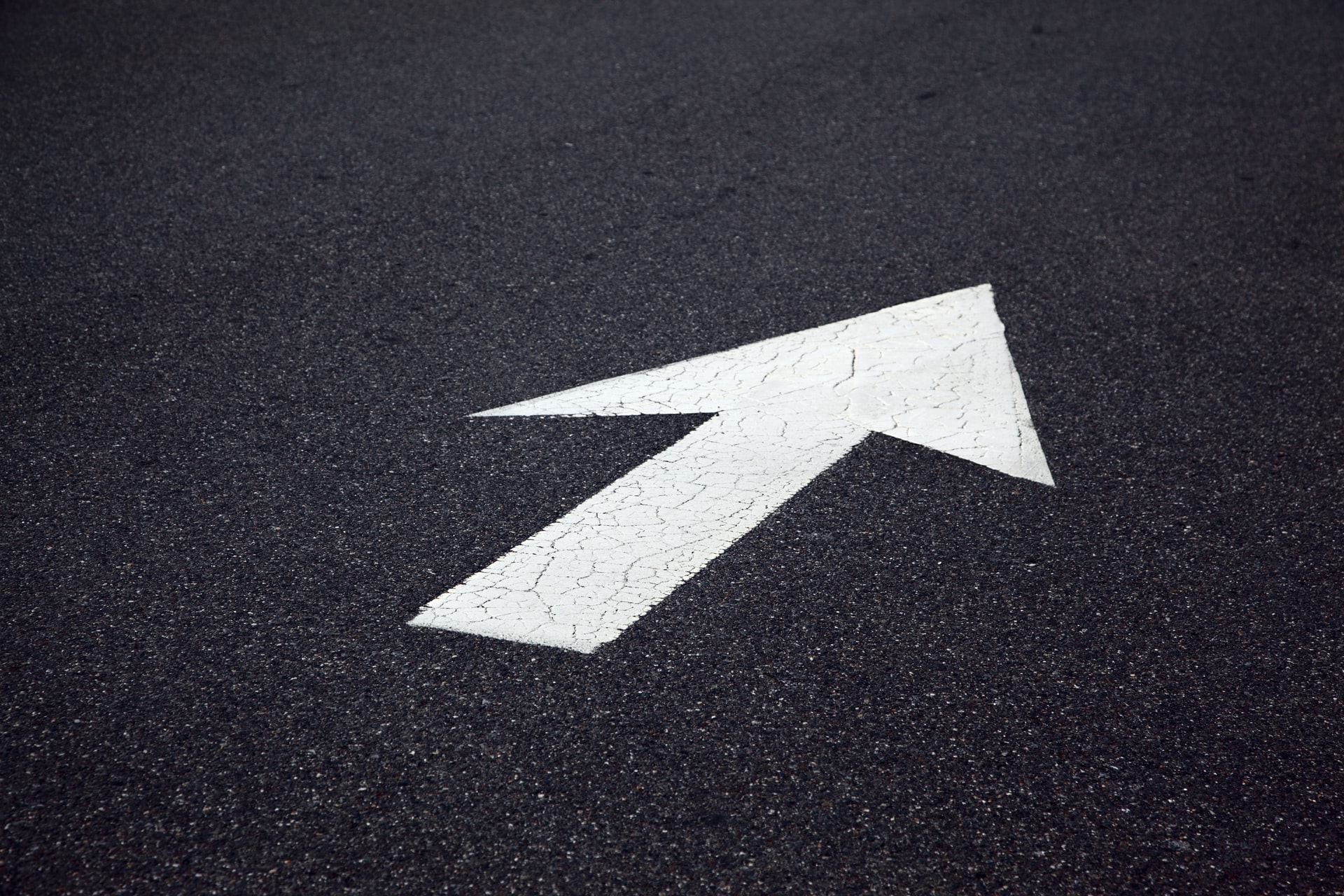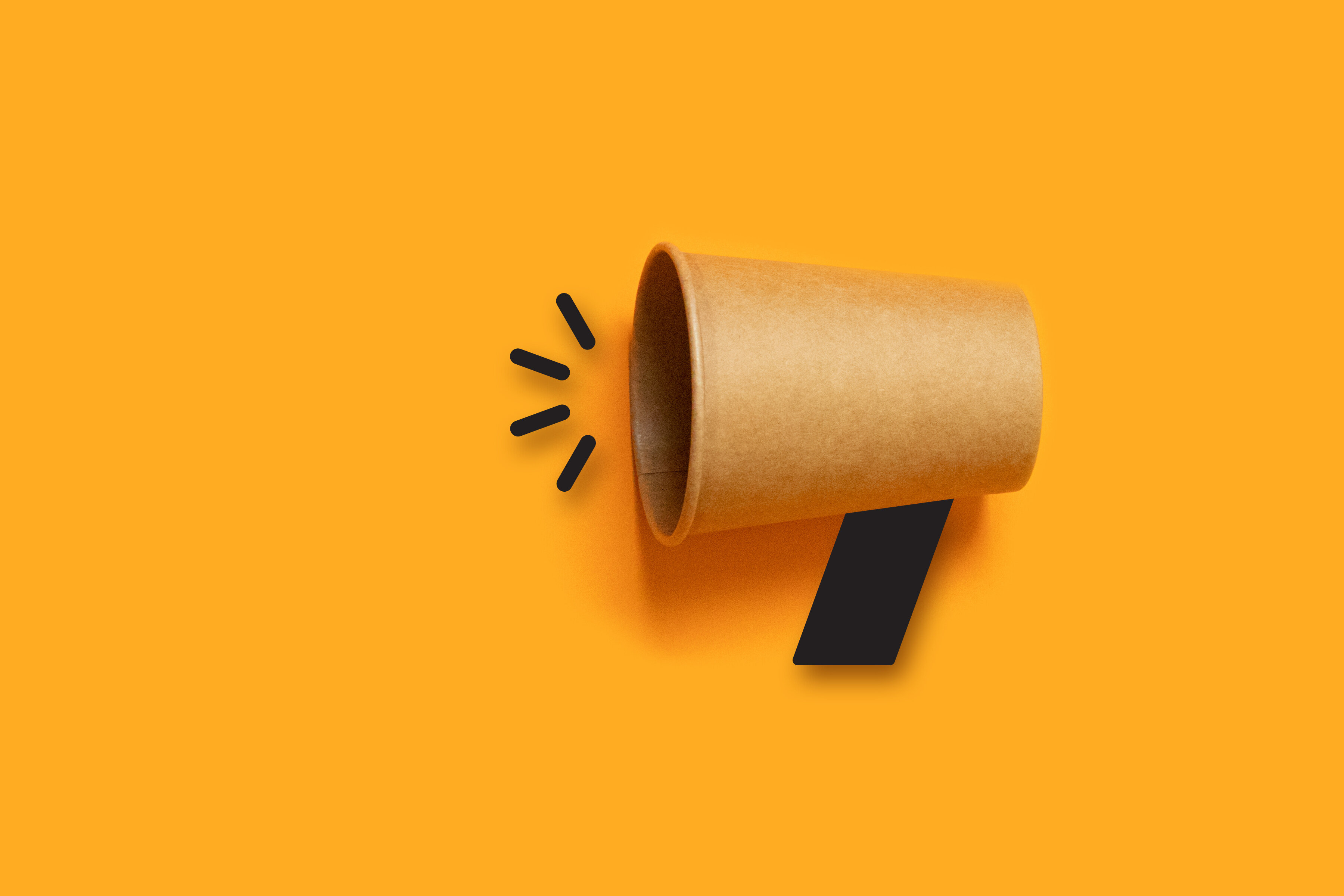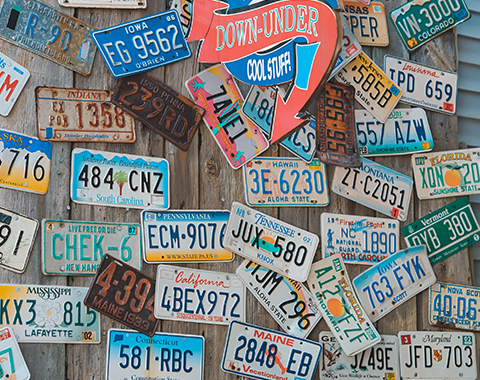
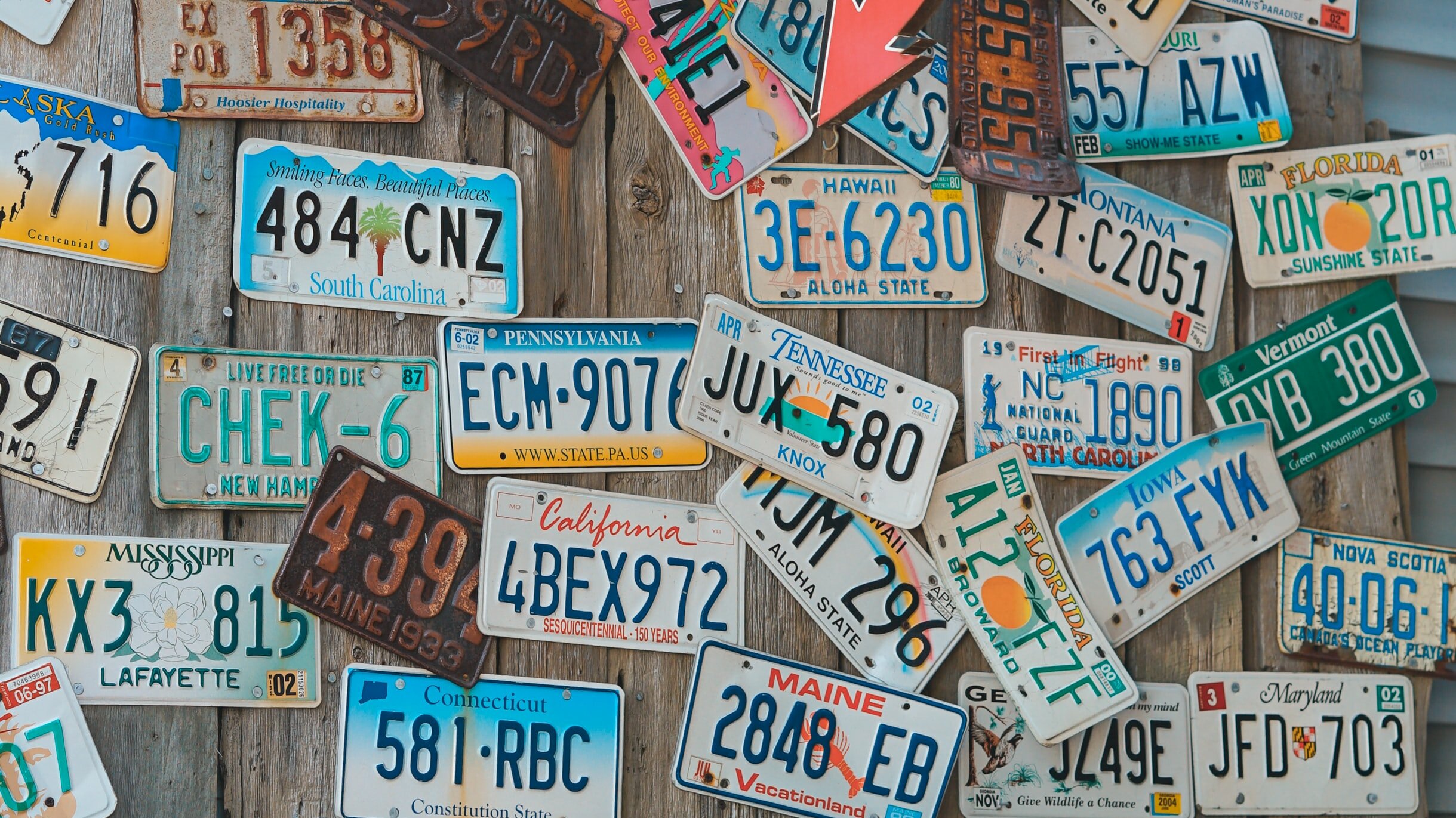
Does the license plate recognition always work?
The reliability of automatic license plate recognition must be consistently high and is ensured through the use of various techniques.
If you think that license plate recognition is easiest in sunshine, dry weather and clean vehicles, we can only partially agree with you. It is correct that the incidence of light is usually one of the main factors for smooth reading of vehicle license plates. However, sunshine is not the optimal weather condition in terms of reflections and shadows.
Accordingly, the local conditions must be checked in the installation of a system for license plate recognition with regard to the position of the sun as well as the influence of artificial light sources and resulting reflections. In particular, backlighting from direct sunlight must be avoided or reduced to a minimum.
The remedy is the well thought-out positioning of the camera itself. Its installation options must be correspondingly flexible. This applies both to the mounting and to setting parameters such as the camera's tilt angle.
License plate recognition around the clock
In addition to installation, the camera technology itself offers further possibilities for achieving optimum recognition rates. In the case of cameras for license plate recognition (also called ANPR or LPR cameras), infrared cameras in particular offer clear images even in difficult lighting conditions.
Most people are certainly familiar with infrared (IR) from the field of security technology, especially for recordings at night and the resulting surveillance images in black and white. This is precisely why infrared technology is also used in license plate recognition, to read license plates in the dark. To make this possible, cameras are equipped with an IR illuminator (either directly in the camera or as a separate illuminator next to the camera), which provides the necessary illumination. Infrared light is invisible to the human eye and therefore cannot dazzle vehicle drivers. At the same time, license plates reflect infrared light very well, which increases the contrast and thus the visibility of the license plate even in the dark.
Dynamics provide brightness - Software for fast processing
Wide Dynamic Range (WDR) technology helps to ensure that a large amount of image information is always available. WDR regulates the brightness contrasts, i.e. the difference between the darkest and brightest parts of the image. Both in sunlight and when driving in at night with the vehicle headlights on, a wide dynamic range helps to recognize license plates.
In addition to all these mechanical and optical aspects, fast and reliable software is also indispensable for smooth and fast license plate recognition. ANPR or LPR cameras use special analysis software that recognizes and filters out license plates from the images generated by the camera using automatic optical character recognition. This software either runs directly in the camera itself or is operated on external servers.
In this context, it is advantageous not to take images with too high a resolution. The larger the image, the longer it takes for the software to process it and thus to recognize and extract the crucial section on the image - the license plate.
Relapse systems for all cases
In the event that you are unable to drive in with your license plate as usual, e.g. because it cannot be read due to a high level of dirt, there are various fallback systems that still allow you to drive in.
In this context, parkoneer offers a lane device that can also be used to scan a QR code should the license plate not have been properly captured at some point. However, the techniques presented in this article and a favorable alignment of the camera should make this an exception.

